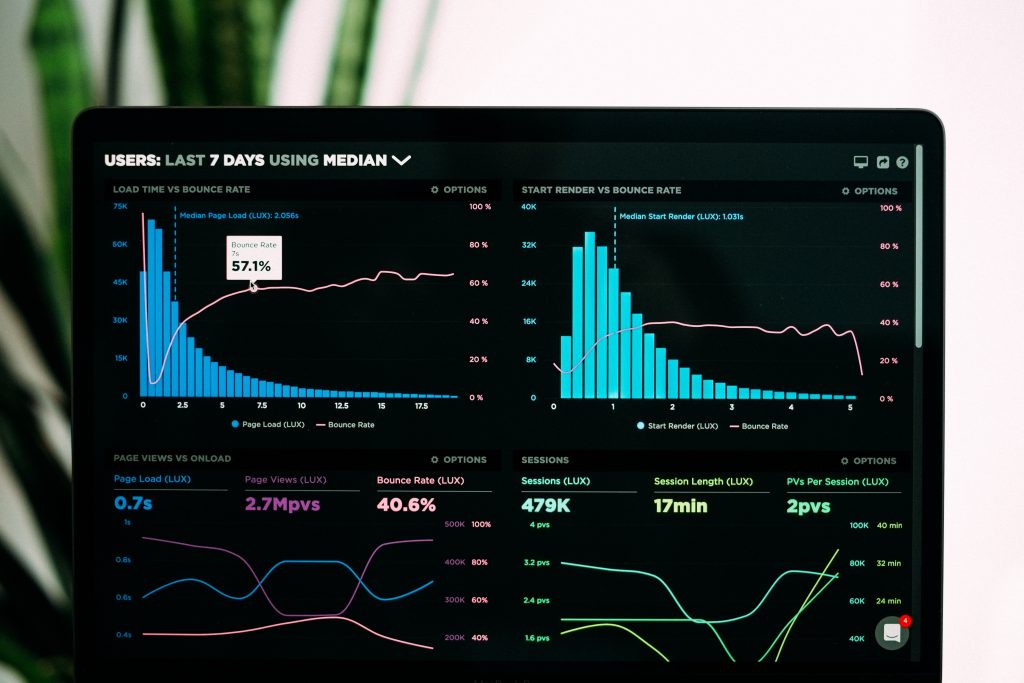What is a supply chain management software?



Key features of supply chain management software
There are many types of supply chain management software available, and lots of them are popping up from nowhere. In a situation like this, where your efforts and investment towards SCM system are connected to your industries, you should concern about choosing the best tools that fit with your needs. Most of the available software comes with standalone features, some of them comes with broader solutions, and some of them even come with enterprise resource planning systems. The most common features of supply chain management software include
Inventory management is the features that act as a tracking and managing module of raw materials, quantity of stocked products and spare parts that are ready to resell. This feature helps employees to manage assets more efficiently and future inventory and price forecasting as well.
For automated order process and completing the purchase with less effort and less error, there’s no alternative to order management feature. Order management also offers to track purchased orders, scheduling of product deliveries and creating product and price lists.
Logistics and shipping status features are being used to successfully coordinate transportation channels, improving delivery performance and boosting customer satisfaction. With the integration of Warehouse management features inside, it can also help with storage optimization, labeling, labor management and more.
Forecasting allows businesses to highly appreciate customer demand and generates a successful planning procurement and production processes accordingly. Efficient forecasting can help remove the need to buy unnecessary raw materials or store excess finished goods on warehouse shelves, hence reducing costs and increasing productivity.
Supply Chain Managements Common Functionalitie
- Purchase order processing;
- Customer requirement processing;
- Sales and distribution management;
- Inventory management;
- Products receipt and Warehouse management;
- Supplier management; and so on
If your business needs something that is only for your business purposes and not available on common modules, you can add a custom module in Linbis Logistics Software. Supply chain management software allows you to manage bookkeeping for the organization with ease. A securely integrated sales module allows the organization to handle day to day activities with less effort.
Need special workflow for you enterprise no problem we can help. Our team of innovators and developers work fast to implement you needs in your organization. No matter how big the project is WE CAN DO IT!!!
Return management:
Businesses always runs as smoothly as we expect. Accidents can occur anytime and anywhere. Your products can be damaged or broke before even reaching out to its destination. However, that doesn’t mean you don’t need to complete the delivery, while a person could be waiting for the goods on the other side. In this case, return manage feature keeps track of the damaged and returned goods and helps you determine which you need to redeliver. It increases customer satisfaction and improves customer relationships with your business, hence increases repeat consumers and increase business stability.
How to develop a supply chain management software?
If you want to use the potentials of the SCM software for your business prosperity, you must need to develop one first. There are few processes requires to follow and man-powers to hire to build a fully functional and a robust software, however with Linbis Logistics Platfom is easier and cost effective for your organization. Following are the requirements to get it done and Linbis can help make this easier:
- Process: Developing a secure and reliable supply chain management software involves six necessary steps as follows:
- Planning: Everything starts with a better planning and drafting a development blueprint outlining the basic purpose and finalizing the goals of the work. Developing an SCM software is nothing different.
- Research and analysis: A detailed market research and analysis is important for understanding the requirements or demands of the audiences and learning about your competitors who are active on the market.
- Design: A wireframe or demo which will showcase all features of the software is prepared and presented to the consumers.
- Development: This includes all coding and programming to build a secure, efficient and robust software from both front and back-end perspective.
- Testing: This step involves the testing of already developed software to see if it meets your business requirements. And, it is also bug-free, secure and fully functional without vulnerabilities.
- Deployment and maintenance: When the software is bug-free and fully functional, it’s time to deploy it to your company. Everything isn’t done when you deploy an SCM software because it also requires enough maintenance while functioning. So, you need to prepare for the certain maintenance and upgrade if necessary to get the full potential from a supply chain management software.
Required Team structure: Developing a SCM software requires potentials members in a perfect team, who are capable of handling risk management, code secure programs and keeps track on delivery schedules. Members can be divided into some smaller group such as:
- Project Manager: A talented project manager should possess excellent administrative skills as well as extraordinary communication skills. This will help him demonstrate the features to the members working on the project. The more he explain, the easier it will be for the programmers and designers to do the task. In order to do that, a project manager should have project-oriented thinking and solution-based approach towards the employees.
- Developers: Developers are the people who write codes to implement according to the project managers detailed instructions. Developers are divided into small groups to handle different platforms such as Android, iOS, WEB development, etc.
- Designers: Designers will usually designed and draw stuff to make your idea into life. Your business application for different platform will be designed separately by these people. The more they experienced in designing, the better UI/UX you will get for your supply chain management software.
- Tester: Testers will test and find problems when your software is ready to use. If the package passes their eyes and testing process, it will be ready for deployment. Otherwise, it will go back to developer for necessary fixes.
All these associated members to develop the software are important than you might think. Lacking presence of any of them might make your software unusable and dry out the investment you have done so far. Each one of them polishes their experience to make a perfect SCM software so that from the very first day, you can get the benefits.

Embracing Emerging Technologies in SCM Software
As we approach 2024, SCM software is not just about managing the supply chain but transforming it through emerging technologies. Integration of Artificial Intelligence (AI), Internet of Things (IoT), and blockchain technology are redefining SCM software capabilities
Artificial Intelligence (AI) and Machine Learning: AI in SCM software can significantly improve demand forecasting and inventory management. Machine learning algorithms analyze historical data patterns to predict future demand more accurately, leading to optimized stock levels and reduced carrying costs.
Internet of Things (IoT): IoT technology allows real-time tracking of goods throughout the supply chain. Sensors and RFID tags provide live updates on product location, condition, and movement, enhancing transparency and enabling proactive management of the supply chain.
Blockchain for Enhanced Security and Transparency: Blockchain technology can revolutionize SCM software by providing an immutable ledger for transactions. This leads to enhanced security, transparency, and traceability in supply chain operations, from origin to delivery.


Adapting to Sustainability and Green Logistics
As environmental concerns become increasingly pressing, SCM software in 2024 is expected to include features supporting sustainability and green logistics:
Carbon Footprint Tracking: Newer versions of SCM software will likely include tools for tracking and reducing the carbon footprint of logistics operations, assisting companies in meeting environmental regulations and corporate social responsibility goals.
Waste Reduction through Efficient Resource Utilization: Advanced SCM software aids in minimizing waste through efficient resource planning and utilization, contributing to more sustainable supply chain practices.
Customization and Scalability for Diverse Business Needs
In 2024, SCM software like Linbis is more adaptable and scalable, catering to the diverse and evolving needs of businesses:
Customizable Modules for Specific Industry Requirements: SCM software now offers more customizable modules tailored to specific industries, ensuring that businesses in different sectors can maximize their supply chain efficiency.
Scalability for Growing Businesses: As small businesses grow, their supply chain needs evolve. Modern SCM software is designed to scale with the business, providing solutions that support growth without the need for frequent software changes.
Enhanced User Experience and Collaboration Tools
The latest SCM software focuses heavily on user experience and collaboration:
Intuitive User Interfaces: Enhanced user interfaces make it easier for staff to navigate and use SCM software, reducing training time and increasing productivity.
Collaboration Tools for Remote Teams: With the rise of remote working, SCM software includes advanced collaboration tools that enable teams to work together effectively, regardless of their location.
Conclusion: The Future of SCM Software
As we look towards 2024, SCM software like Linbis is not just a tool for managing supply chains but a strategic asset that drives business growth, sustainability, and innovation. By leveraging emerging technologies, focusing on sustainability, and enhancing user experience, SCM software is set to play a pivotal role in shaping the future of supply chain management.
Contact Us
